Part of a series of articles titled Vancouver Barracks in the 1880s.
Article
Vancouver Barracks in the 1880s: Chief Joseph and General Gibbon
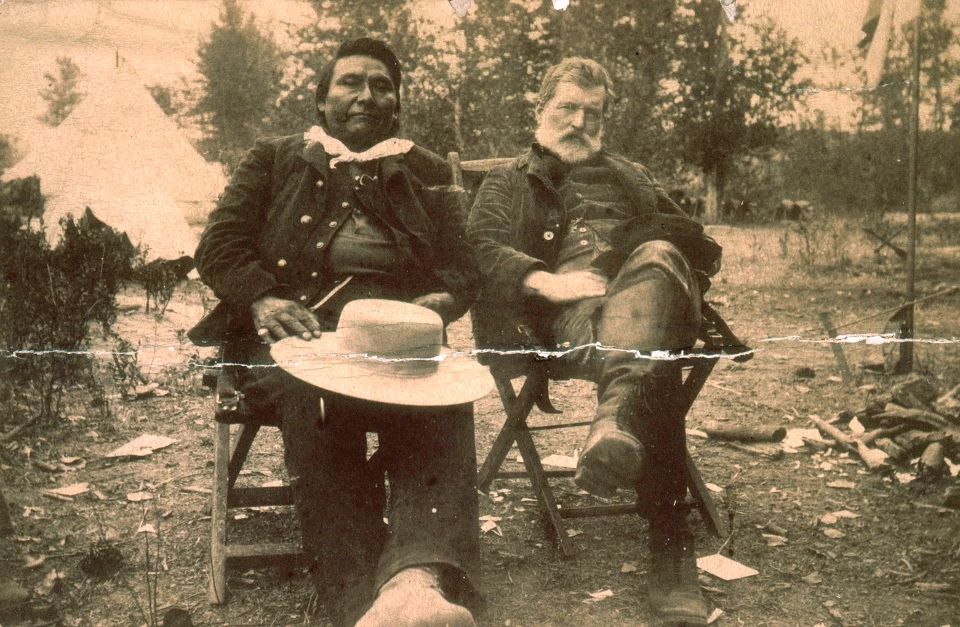
Newberry Library
The 1880s were a brutal, difficult time for the Nimiipuu who followed Chief Joseph. Though they at first believed they would be able to return to their homelands in the Wallowa Valley, they were instead sent to "Indian Territory," in what is now the state of Oklahoma. There, they were forced to contend with devastating illnesses, a foreign landscape, and difficulties getting the necessary food, clothing, and other items they needed to survive. Chief Joseph advocated strongly for the return of his people to the Wallowa Valley, or to the reservation that had been established for the Nimiipuu in Lapwai, Idaho, and powerful allies came to his side. General Nelson Miles, who had led the troops at the Battle of Bear Paw, was among those who rallied around the Nimiipuu cause.
However, Chief Joseph's dream of returning to Wallowa was never realized. In 1885, the Nimiipuu in Oklahoma were returned to the Northwest. 118 members of the group who had converted to Christianity were allowed to go to the reservation at Lapwai. Chief Joseph and his remaining band of nearly 150 men, women, and children were taken to the Colville Reservation in northern Washington State, where they settled by Nespelem Creek. Chief Joseph continued to maintain his claim to the Wallowa Valley, and strongly objected to this resettlement.
Until 1885, General Miles had been stationed at Vancouver Barracks as the commander of the Army's Department of the Columbia. In that year, he was replaced by Brigadier General John Gibbon, who had led the attack on Nimiipuu families at the Battle of Big Hole. Despite this painful past, when Gibbon visited Lake Chelan in 1889, Chief Joseph sought him out and told him about the difficulties the Nimiipuu faced on the Colville Reservation. At this meeting, Gibbon provided Chief Joseph with a letter endorsing his character that would allow him to travel through the Northwest more freely. Gibbon also sent a medicine man named Sko-las-kin, who was believed to be agitating people on the reservation to remove the Nimiipuu, to Vancouver Barracks for trial. Sko-las-kin would later be sentenced to incarceration on Alcatraz Island.
A few months later, Chief Joseph visited Gibbon at Vancouver Barracks. There, he dined with the officers and ladies of Officers' Row and joined Gibbon on trips to Portland. The two men spent many hours in discussion about the current plight of the Nimiipuu and about their shared past at the Battle of Big Hole. In Portland, Gibbon and Chief Joseph visited the Gettysburg cyclorama, an enormous curved painting that depicted the Battle of Gettysburg, in which Gibbon had fought. As Chief Joseph looked at the massive, detailed painting, he stated through a translator that the cyclorama "proved to him what his father had told him, that when the white men got mad and fought among themselves they...kept it up until they made a lake of blood."
After this meeting in 1889, Chief Joseph returned to life along the Nespelem River. He visited the Wallowa Valley once more in 1900, but found that the settlers there were intolerant and dismissive of him and his pleas for his people. Nevertheless, Chief Joseph's advocacy for his people turned him into a national celebrity and a symbol of the injustices perpetrated by the United States against Native peoples.
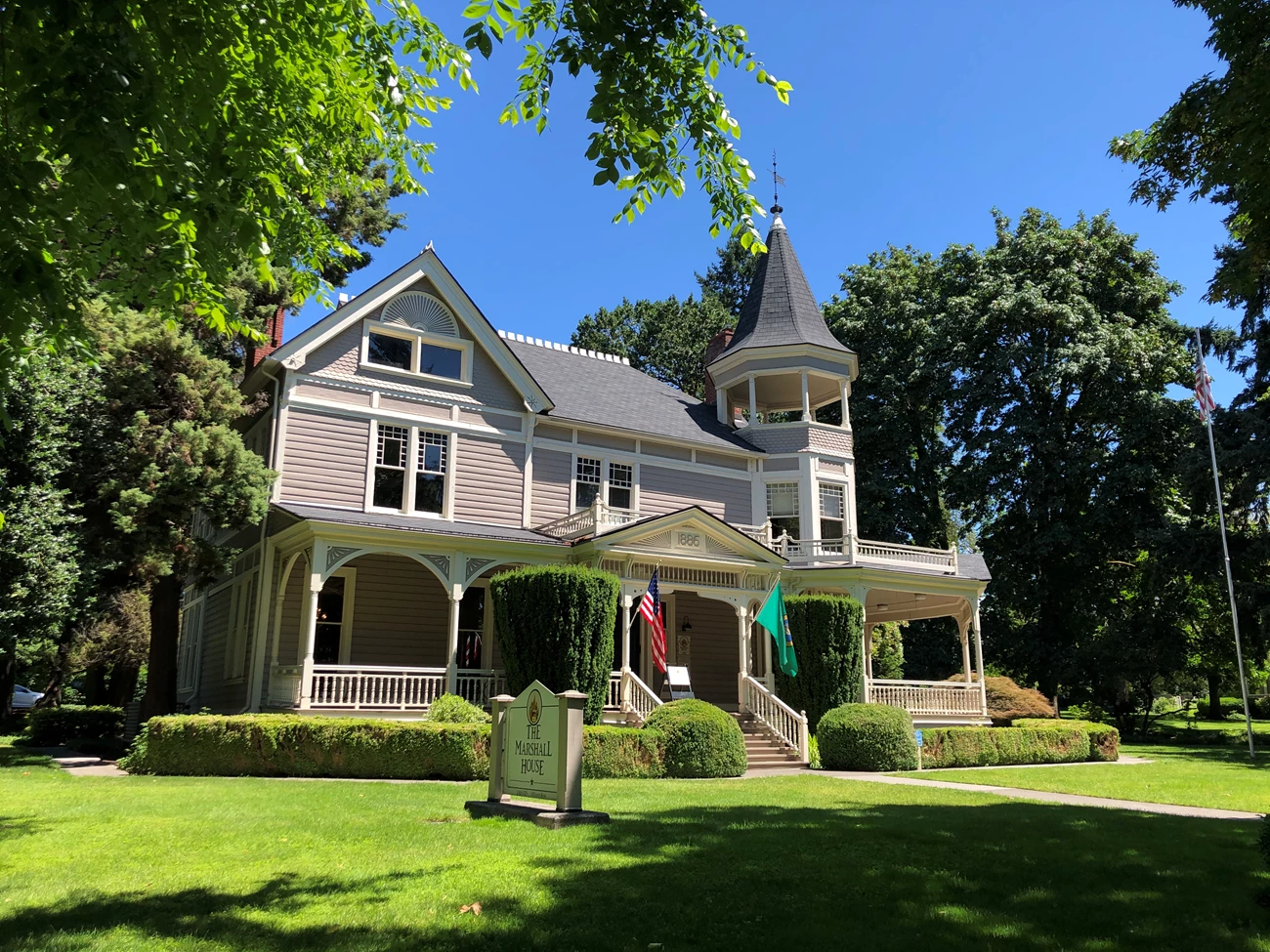
NPS Photo
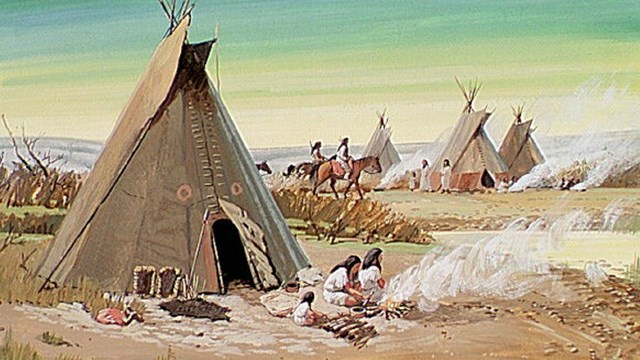
Learn more about the Battle of Big Hole on the website of Big Hole National Battlefield.
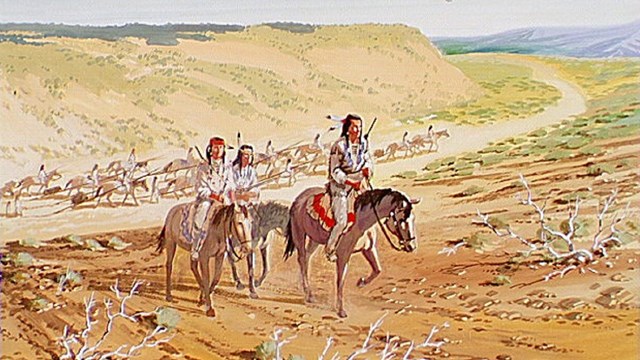
Learn more about the flight of 1877, when nontreaty Nez Perce attempted to evade US Army troops and escape to Canada.

Learn more about the Nez Perce Tribe.
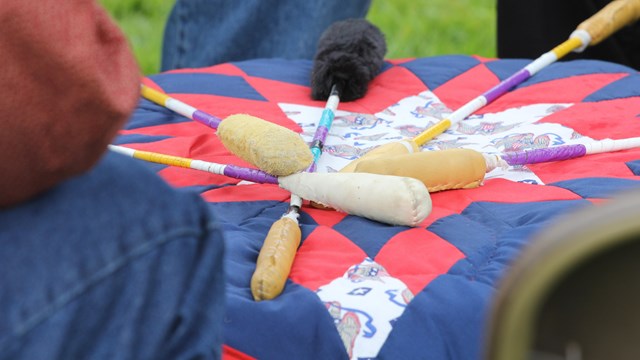
Watch a video from the US Forest Service about the history of the Nez Perce National Historic Trail.
Last updated: June 24, 2021
